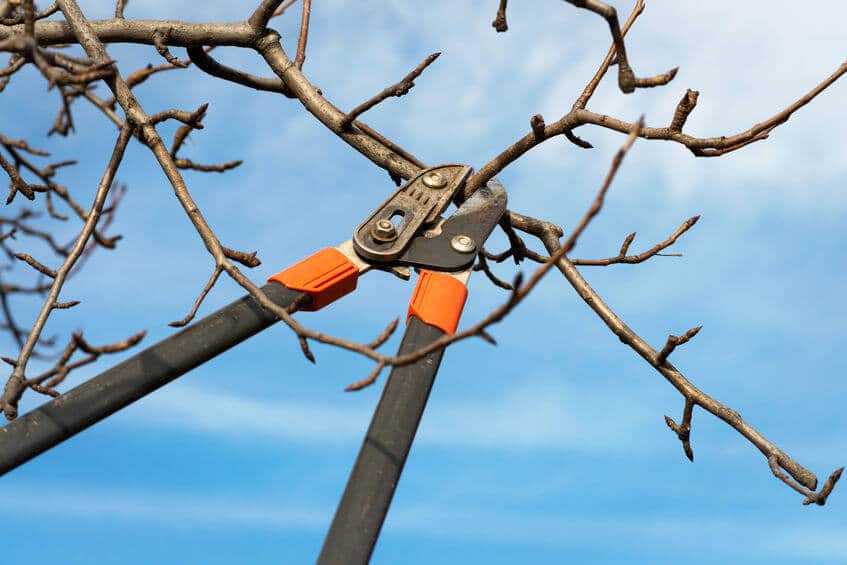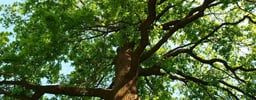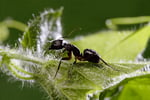
Much like animals and humans, plants also require specific nutrients, vitamins, and minerals to grow healthy. These nutrients are normally provided naturally through photosynthesis (converting light energy into chemical energy), but there are times when a lawn will need a little extra help to keep it green and healthy. Lawn care professionals use fertilizer as a supplement to make sure the grass has all the nutrients and minerals it needs to grow green.
 Grass is made up of three major elements: nitrogen, phosphorous and potassium, also called macronutrients. These nutrients are represented on the bags of fertilizer you might pick up at a local lawn and garden store. The ratio of these elements in grass are approximately 3 parts nitrogen, 1 part phosphorous, and 2 parts potassium. As you mow the lawn, you are removing these elements, so it is critical to replace these nutrients in order to maintain a healthy lawn.
Grass is made up of three major elements: nitrogen, phosphorous and potassium, also called macronutrients. These nutrients are represented on the bags of fertilizer you might pick up at a local lawn and garden store. The ratio of these elements in grass are approximately 3 parts nitrogen, 1 part phosphorous, and 2 parts potassium. As you mow the lawn, you are removing these elements, so it is critical to replace these nutrients in order to maintain a healthy lawn.
Fertilizer is made up of the three major elements as previously referenced. They are represented as a percentage of the contents by weight for each macronutrients found on the packaging. These numbers usually appear as 21-7-14, 15-5-10 or 12-4-8 somewhere on the outside of the bag. A good way to think of these numbers is if you have a 100 pound bag of 12-4-8 fertilizer, the break down would be 12 pounds of nitrogen, 4 pounds of phosphorous, and 8 pounds of potassium. This would give you a total of 24 pounds of nutrients. You may wonder what is the other 76 pounds in a 100 pound bag? The rest of the bag is filled with other nutrients like sulfur, iron, and calcium, which are needed elements for the grass.
Plants also need other elements to survive but in smaller amounts. These secondary nutrients, like sulfur, calcium and magnesium, are also nutrients that animals consume to maintain a healthy body. In addition, there are other chemical elements off the periodic chart plants need in small amounts: iron, manganese, boron, copper, cobalt, molybdenum and zinc. These elements are called micronutrients, and are also listed on the label of high quality fertilizers.
Understanding the chemical makeup of fertilizer and how it affects your lawn is an important step in making sure the grass is getting the nourishment that they need. The professionals at Senske Lawn and Tree Care have the years of experience necessary to keep your lawn looking green and healthy. Contact us today at (877) 944-4007 or click to receive a FREE estimate for your lawn.










